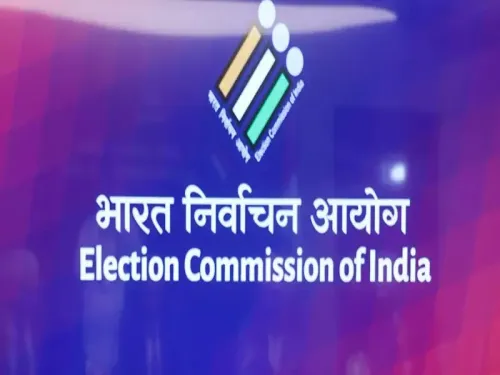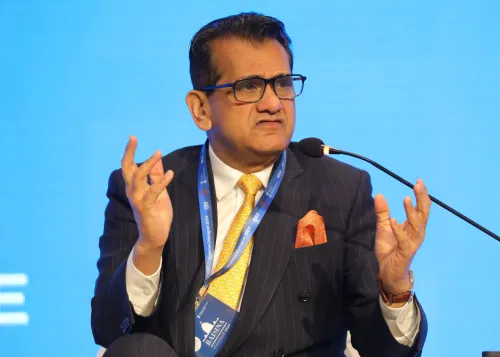Did Seoul Set a Record with 22 Tropical Nights in July?

Synopsis
Key Takeaways
- Seoul recorded a record-breaking 22 tropical nights in July.
- The previous record was 21 nights set in July 1994.
- Temperatures remained above 25 degrees Celsius during these nights.
- Urban heat islands contribute to rising nighttime temperatures.
- This trend raises health concerns for residents.
Seoul, July 31 (NationPress) This month, Seoul has recorded an unprecedented 22 tropical nights, marking the highest number for July since the initiation of modern weather tracking 117 years ago, as reported by the state weather service on Thursday.
The temperature in the capital only dipped to 29.3 degrees Celsius between Wednesday and Thursday, thus elevating the count of tropical nights in July to 22 days—setting a new record since records commenced in 1908, according to the Korea Meteorological Administration (KMA).
Previously, the record was 21 days, established in July 1994. A tropical night is defined as when nighttime temperatures remain above 25 degrees Celsius from 6:01 p.m. to 9 a.m. the next day.
With one additional night remaining this month, the record could potentially reach 23 days, the KMA noted, highlighting that Seoul experienced tropical nights on 70% of the month.
The KMA indicated that last night’s minimum temperature of 29.3 degrees Celsius could become the highest daily low for July if it doesn’t drop below this level on Thursday night. The previous record was 29.2 degrees Celsius, set on July 23, 2018.
The agency projected that maximum daily temperatures across the nation would range from 31 degrees Celsius to 37 degrees Celsius on Thursday, with Seoul, Daejeon, and Daegu expecting highs up to 36 degrees Celsius, as reported by Yonhap news agency.
Earlier, on June 30, Seoul experienced its inaugural tropical night of the season, with the nighttime low recorded at 25.6 degrees Celsius.
In comparison, last year’s first tropical night occurred on June 21, making this year’s occurrence eight days later, according to the KMA.
Tropical nights in South Korea result from various factors, such as the influence of high-pressure systems, warm and humid air masses, and the urban heat island effect. These elements work together to prevent nighttime temperatures from falling below 25 degrees Celsius, causing discomfort for residents and exacerbating health concerns related to heat.










